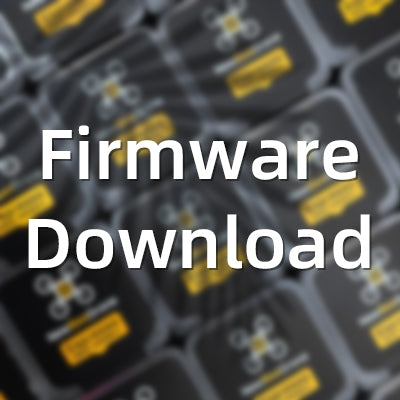
Free Domestic Shipping
When you spend $80+
Same-Day Shipping
Mon-Fri til 3pm PST, Sat til 12pm PST
Customer Support
Industry Leading Support
Best Prices
Price Match Guarantee
Featured Products
 On Sale
On Sale




























































